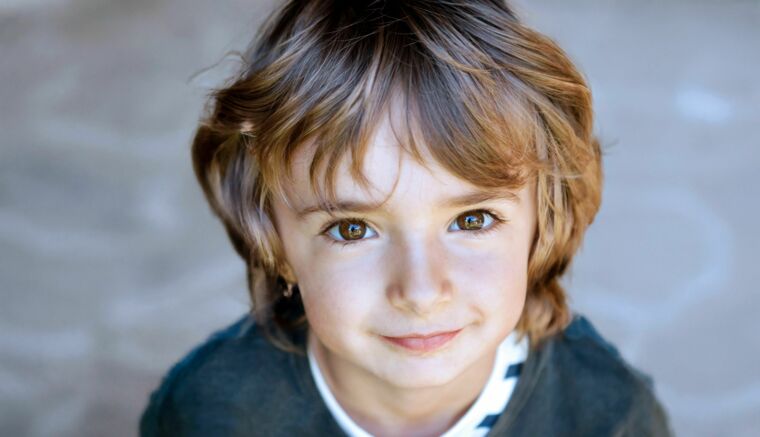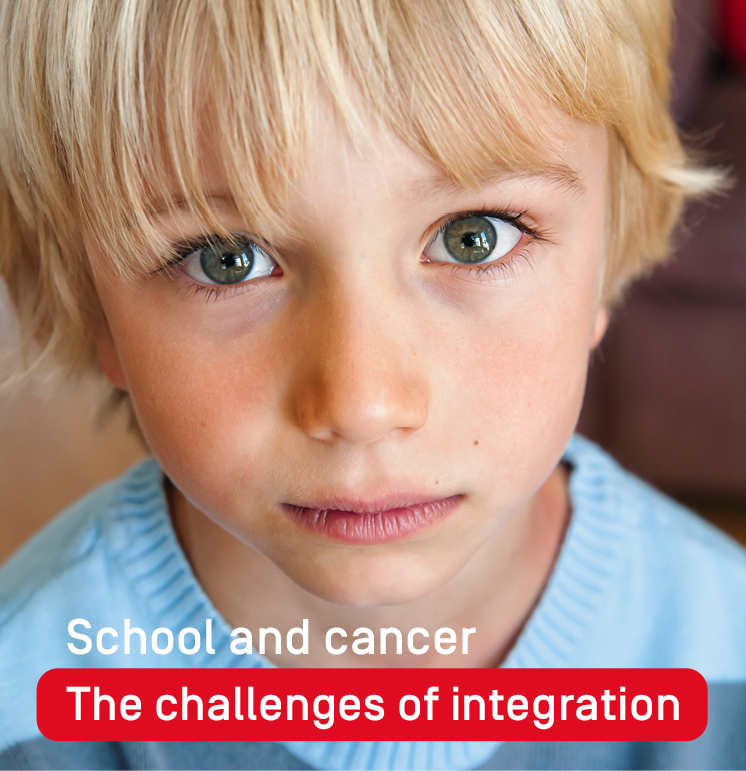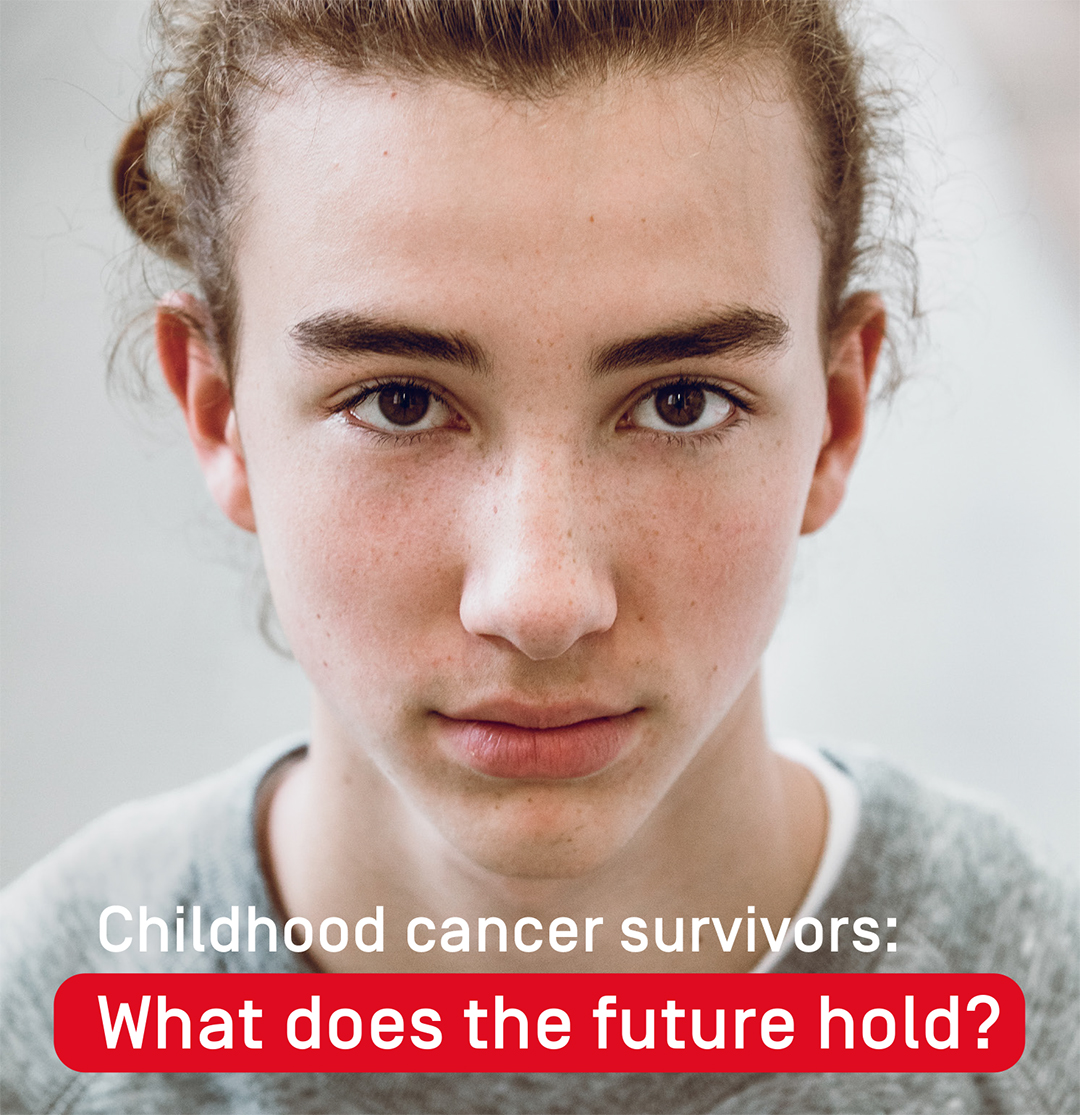Sensitisation –
raising public awareness
Childhood Cancer Switzerland regularly launches awareness and prevention campaigns. These aim to raise the public’s awareness of childhood cancer and draw attention to the needs as well as challenges of those affected.
The challenges of integration
For children and adolescents with cancer, school plays a particularly important role: it means a return to everyday life and normality. It provides support and security, is where they can meet their peers again and opens up future perspectives. This is exactly why everything should be done to ensure that young cancer patients do not lose touch with school. However, despite all the efforts, there are major cantonal and regional differences, which means that integration is still a matter of luck. The road to a school system that gives all seriously ill children equal educational opportunities is thus still long. Children affected by cancer and their parents are among those who suffer.
- About the campaign
Launched on November 17, 2023, the campaign was intended to highlight the challenges that children and adolescents affected by cancer face at school. The campaign received very positive media attention, which enabled us to raise awareness among over 2.6 million people in Switzerland. Leading media outlets such as NZZ and media.ch covered the campaign extensively, as did Tele1 and radio stations in French-speaking Switzerland and Ticino. Simultaneously, a large-scale offensive was carried out on social media, along with collaborations with family blogs and the famous parenting magazine Tadah.
What does the future hold?
In Switzerland, around 350 children and adolescents are newly diagnosed with cancer every year. Their chances of survival are good nowadays, but the recovery comes at a price because the majority of what are referred to as survivors struggle with late effects. These can impact not only their health but also their career prospects. The desire to return to normality after overcoming an illness and to find suitable training and employment is great, but integration is not always successful. There are not enough targeted support measures to ensure that a growing number of childhood cancer survivors are given an equal place in our society.
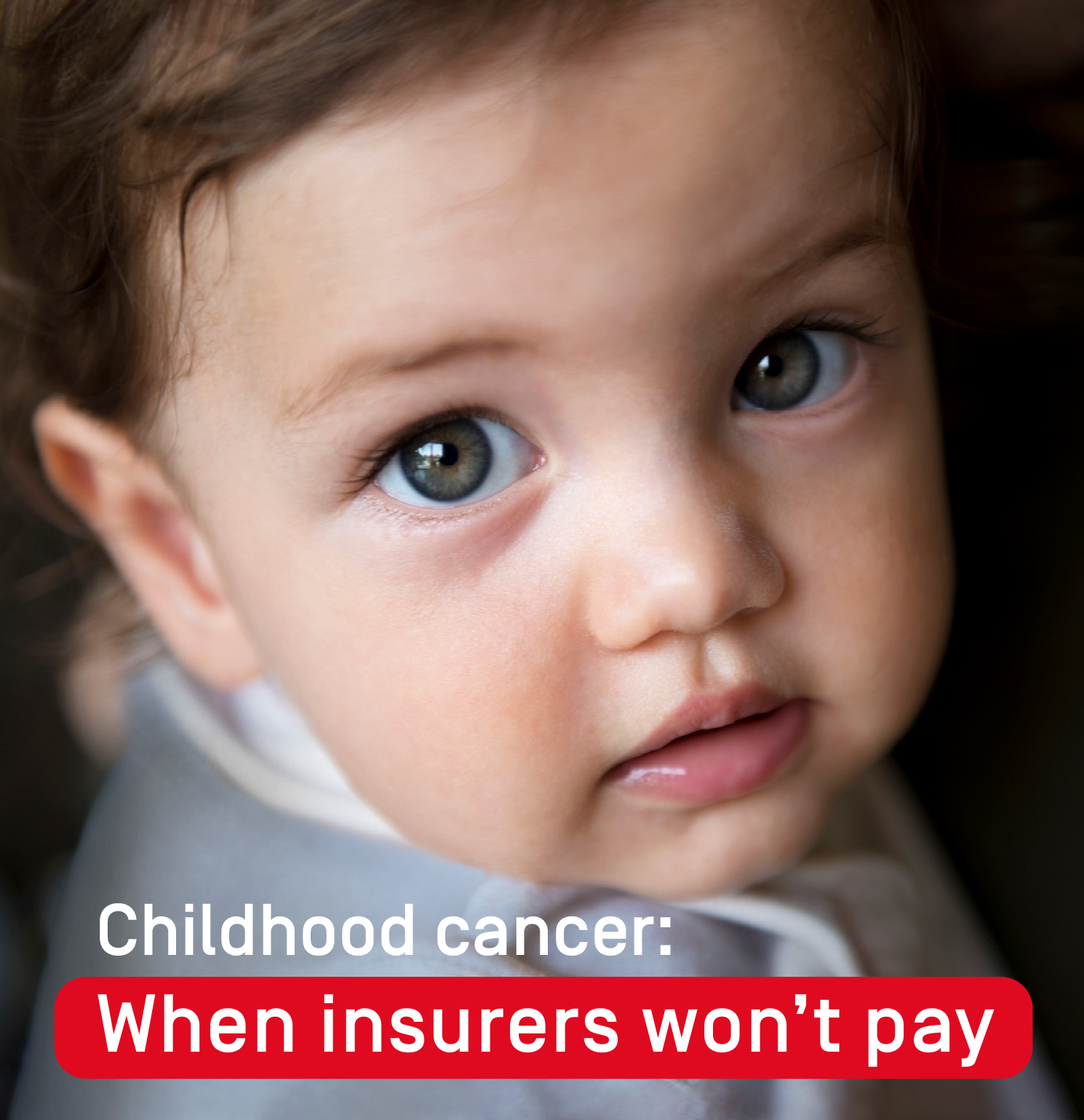
When insurers won’t pay
When a child is diagnosed with cancer, it is one of the worst things that can happen to a family. The situation becomes particularly difficult for those affected if urgently needed medicines and additional therapies are not paid for by the health insurance companies or are only reimbursed after a great deal of bureaucracy. This causes an enormous additional burden and great uncertainty for the parents at a time when the survival of their child is quite naturally their main focus. The reform of the Ordinance on Health Insurance currently planned by the federal government will exacerbate the problem and further impair access to vital drugs and medication for children with cancer.
- About the campaign
The campaign “When insurers won’t pay” was launched on 15 November 2022. Its aim was to increase awareness of the negative consequences of the planned health reform among the general public and political decision-makers. The campaign website is available in four languages and features two mothers who talk about their stressful experiences of trying to get reimbursements for medication. A paediatric oncologist explains how difficult it often is to get health insurers to cover the costs of medication, for example, when it comes to saving the life of a child who has suffered a relapse and is in need of innovative therapies. The total reach of the autumn campaign was over 4.8 million.
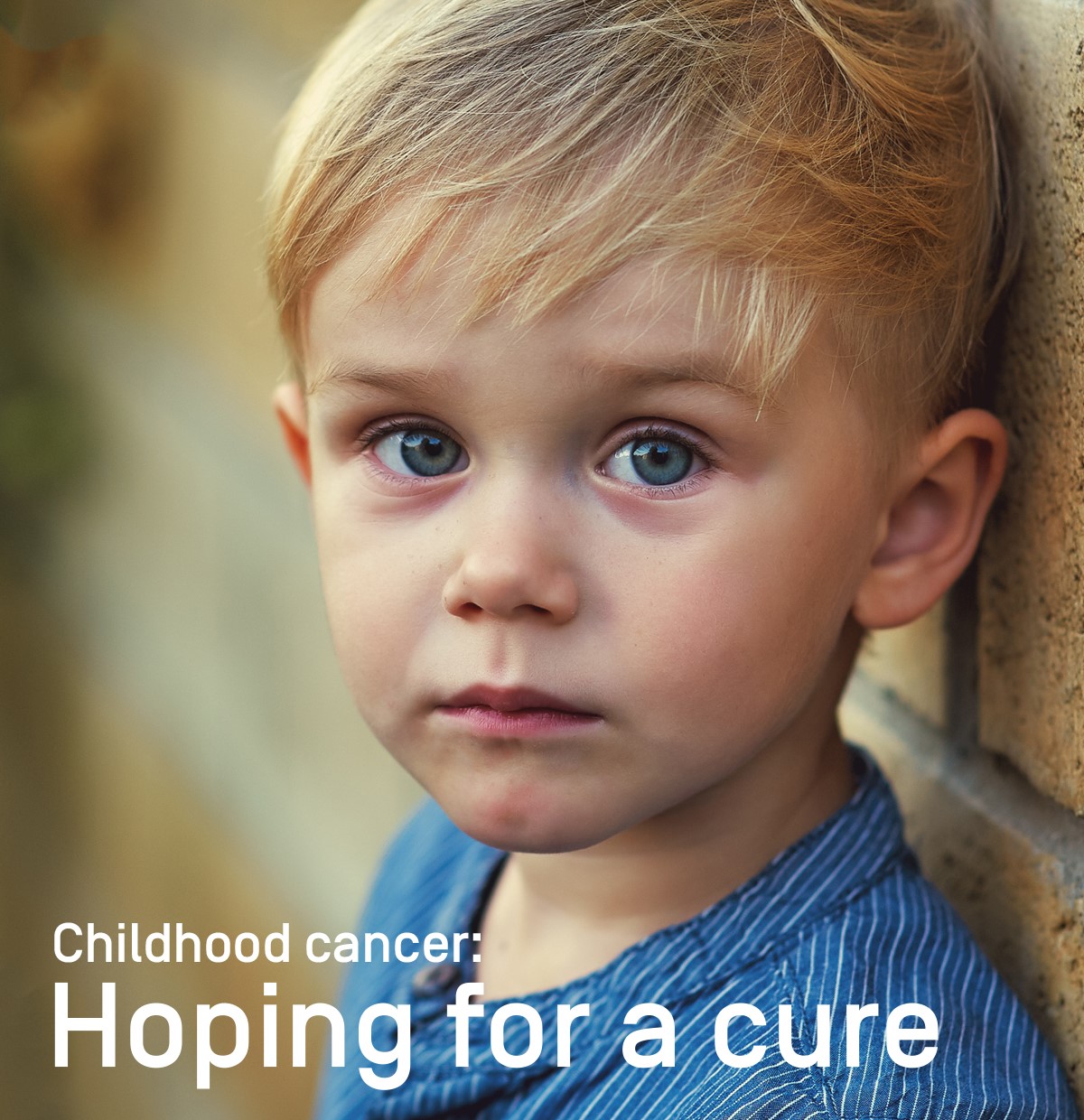
Hoping for a cure
In Switzerland, around 350 children and adolescents are diagnosed with cancer every year. Thanks to the great medical advances, four out of five of these young patients can be treated successfully today. Nevertheless, that still leaves one child dying of cancer almost every week and around 80 per cent of former childhood cancer patients struggle with late effects, some of which are serious. To be able to feel there is some hope, parents of children with cancer are looking for even more efficient treatment options and better access to innovative therapies. However, progress in the development of new childhood cancer therapies is slow.
- About the campaign
The campaign "Hoping for a cure" was launched on 13 June 2022. It presented innovative treatment approaches and addressed the need for financially sound childhood cancer research. Interviews with an affected mother as well as paediatric oncologists and a young researcher highlighted the potential of innovative approaches to research, as well as the great challenges with which childhood cancer research has to contend. The awareness campaign had a total reach of 2.4 million.
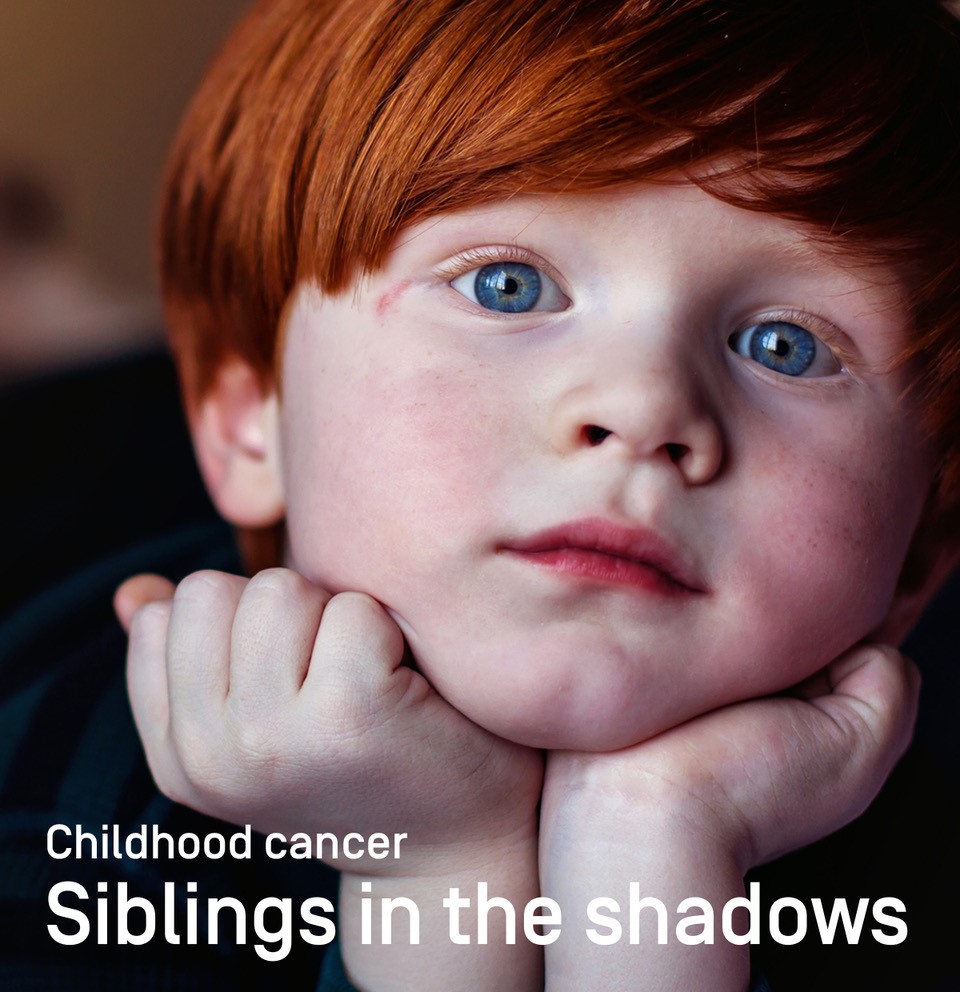
Siblings in the shadows
When a child has cancer, the emotional and social balance of the whole family is rocked. Siblings experience the fears, worries and insecurity of their parents while, at the same time, being affected by them themselves. They too suffer – often silently and without being noticed because the drastic changes put a greater psychological strain on them than their behaviour might suggest. This makes it all the more important to get professional help from outside at an early stage so that the emotional strain does not become insurmountable.
- About the campaign
The “Siblings in the shadows” campaign was launched on 15 November 2021 and aimed to draw attention to the risks and show possible solutions to the crisis. In moving interviews, those affected explain how the illness has changed and shaped their lives. Furthermore, a psycho-oncologist also gives valuable tips on how parents can support their healthy children in this difficult phase when their own resources are no longer sufficient. In total, the campaign reached more than 5.5 million people.
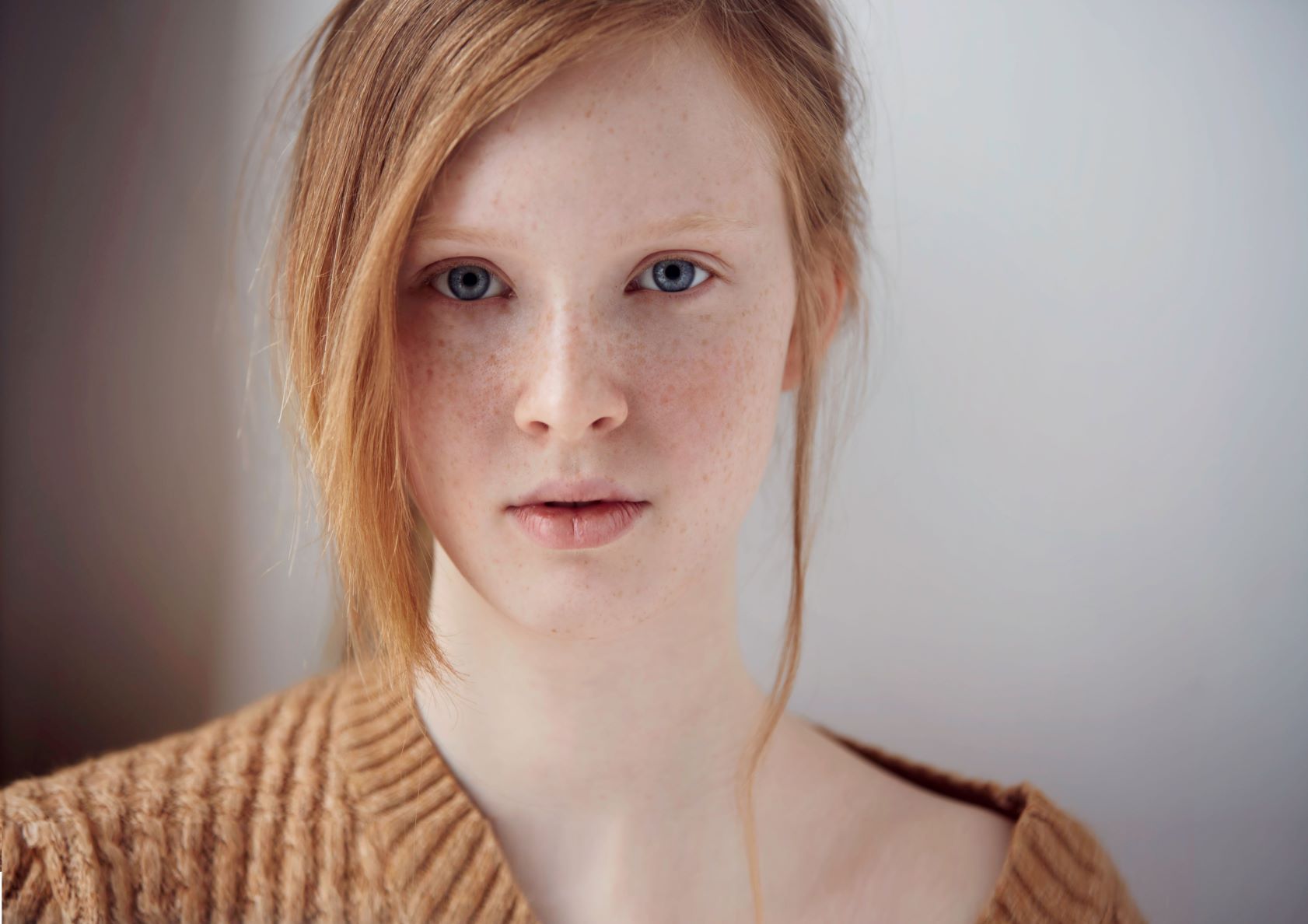
Fertility and wanting a family
Four out of five children and adolescents with cancer can be cured nowadays but more than 80 per cent of the survivors struggle with late effects. Because these effects can have a negative impact on the fertility and psychosexual health of those affected, preventive measures are essential. Currently, not all costs of fertility-preserving procedures are covered by health insurance companies. This can ultimately mean that wanting to have children becomes a question of finances.
- About the campaign
The awareness campaign was officially launched on 1 June 2021. The focus was on the importance of fertility-preserving measures before and after therapy. The campaign addressed both the challenges for those affected with regard to their own body image and sexuality as well as the gaps in care. Two experts and a survivor spoke about the subject in memorable interviews.
In total, the awareness and prevention campaign reached more than 3.5 million people. It aimed to raise awareness for a topic that is often not talked about, even though the impact on the quality of life of those affected can be considerable.
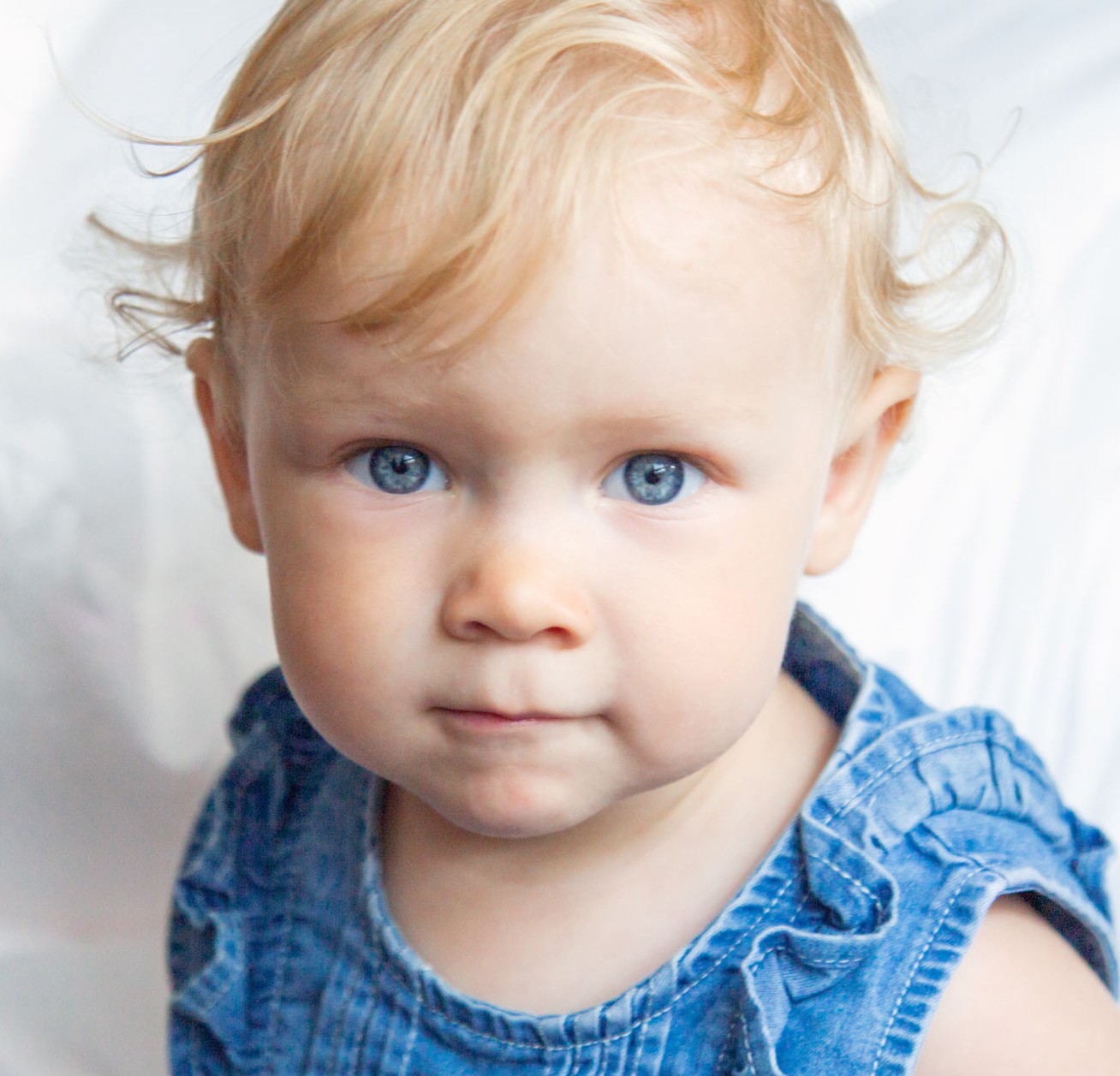
My child has cancer !
In Switzerland, around 350 children and adolescents are diagnosed with cancer every year, many of them infants and children under the age of four. The diagnosis is a major shock for the whole family and many parents very quickly find themselves pushed to their limits. They therefore urgently need support and the reassurance that their child will have access to the best and most up-to-date therapies.
- About the campaign
The awareness campaign was officially launched on 1 November 2020. It focuses on the many challenges facing affected families and the urgent need for action. Attractively prepared specialist information and memorable interviews with affected persons and a doctor highlight the most important topics. There is also a focus on the more flexible forms of work and teaching that have become possible since the start of the coronavirus pandemic. Parents of children with cancer have been demanding this for a long time – so far without success.
In total, the campaign reached around 2.85 million people, raising awareness of the disease and the associated challenges faced by those affected.
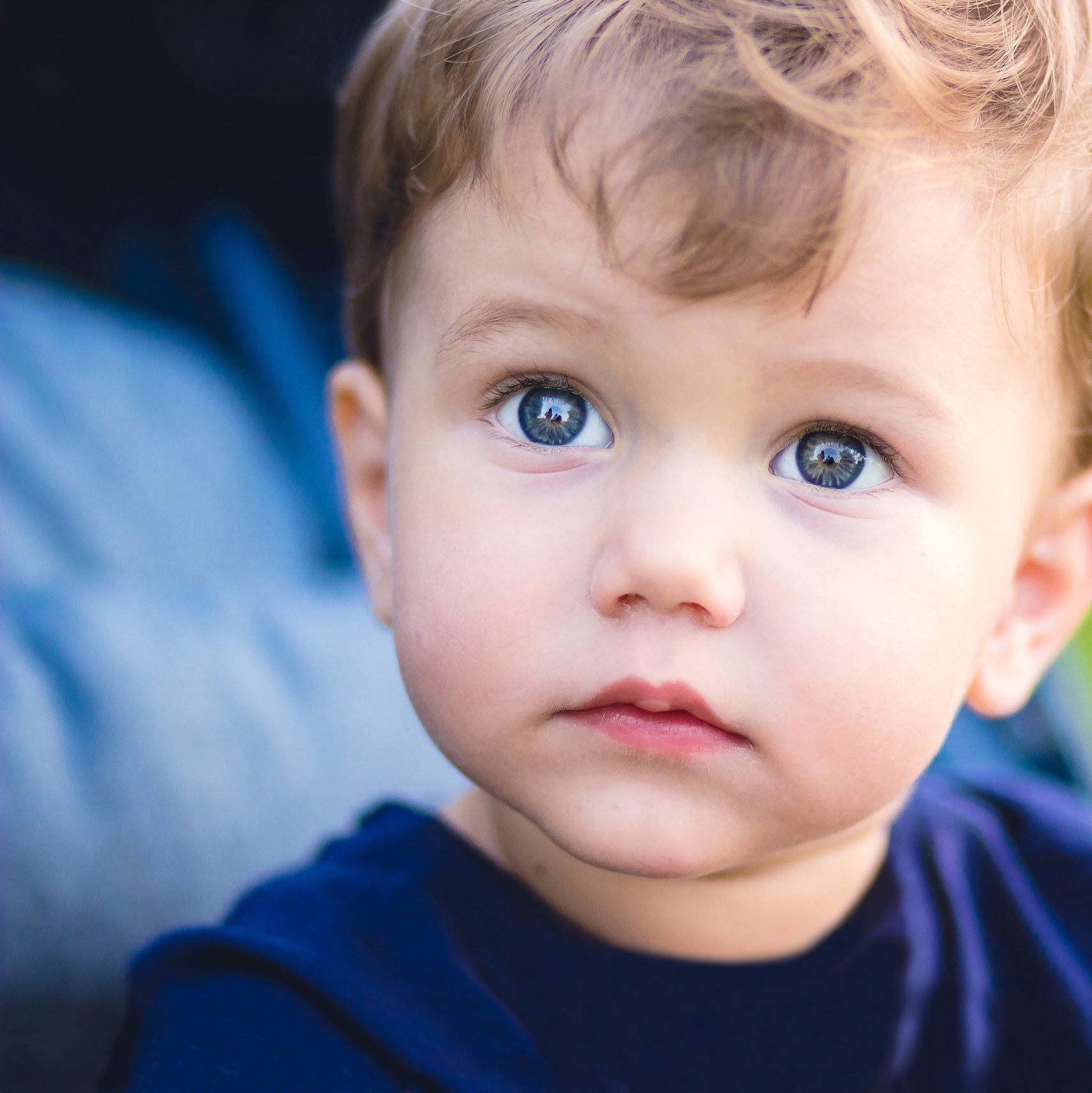
Being diagnosed with a brain tumour
Brain tumours in children and adolescents are the second most common form of cancer in this age group. Even after successful treatment, the situation of a whole family can change permanently. The late effects of the disease and therapy often leave traces that have far-reaching consequences on the quality of life and future prospects of the survivors.
- About the campaign
The awareness campaign was launched on 1 June 2020. Its focus was on the challenges for the affected children and their parents. Informative factual texts and a large number of interviews with experts and survivors impressively showed what effects both the disease and therapy can have on physical and mental development. For the situation to improve, there is an urgent need for more contact points which advise survivors and offer effective and long-term support for professional integration.
The campaign reached around 2.25 million people who were made aware of the medical as well as psychosocial consequences of brain tumours in children and adolescents.
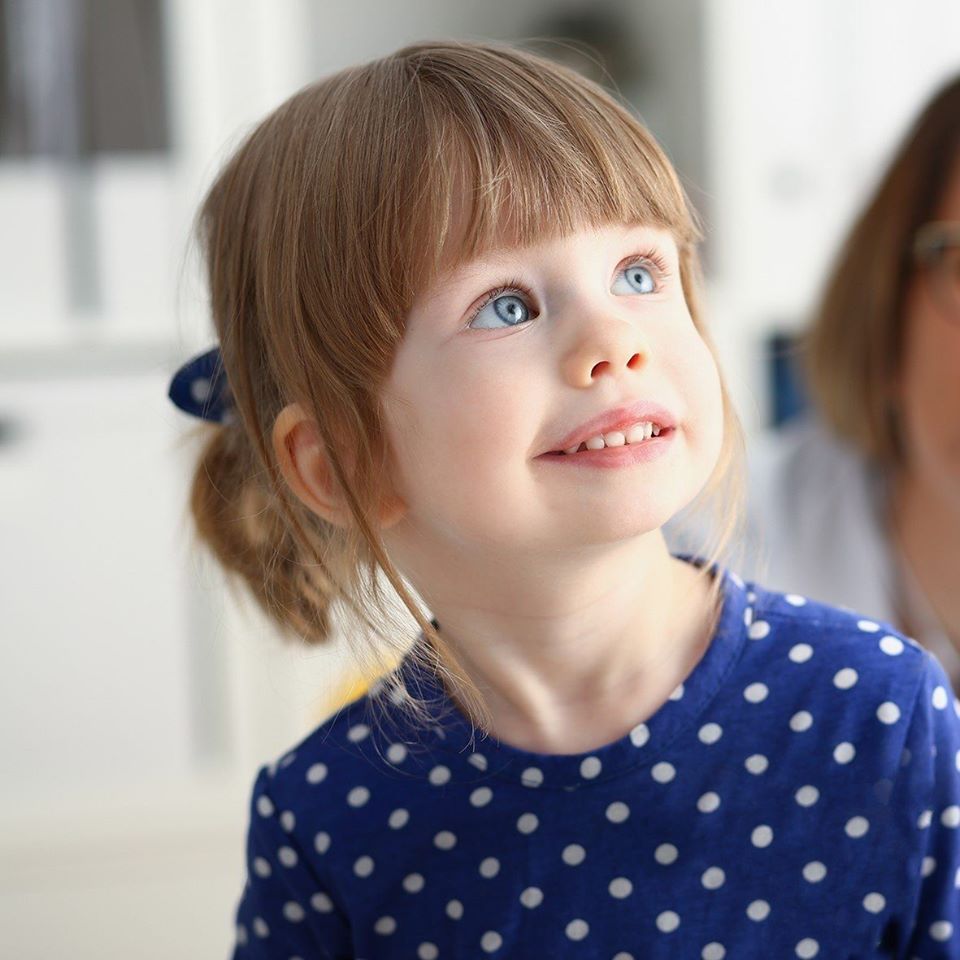
No research, no cure
Although medicine has made great progress, one child still dies of cancer almost every week in Switzerland. As childhood cancer is a rare disease, a relatively large number of research projects is needed for a small group of patients, which necessarily entails high costs. Clinical research needs sufficient funding to further improve the chances of recovery.
- About the campaign
The awareness campaign was launched on 1 November 2019. Its focus was on clinical research into childhood cancer and its chronic underfunding. Since state funding alone is not sufficient, about 60 per cent of expenses have to be financed through donations and external funding. In interviews and video clips, experts and survivors had their say, impressively describing the medical achievements and explaining why clinical research in the field of childhood cancer is of central importance.
In total, the campaign reached around 2.3 million people who were made aware of the issue of childhood cancer research. The focus was on the importance of research and the particular financial challenges it faces in Switzerland.
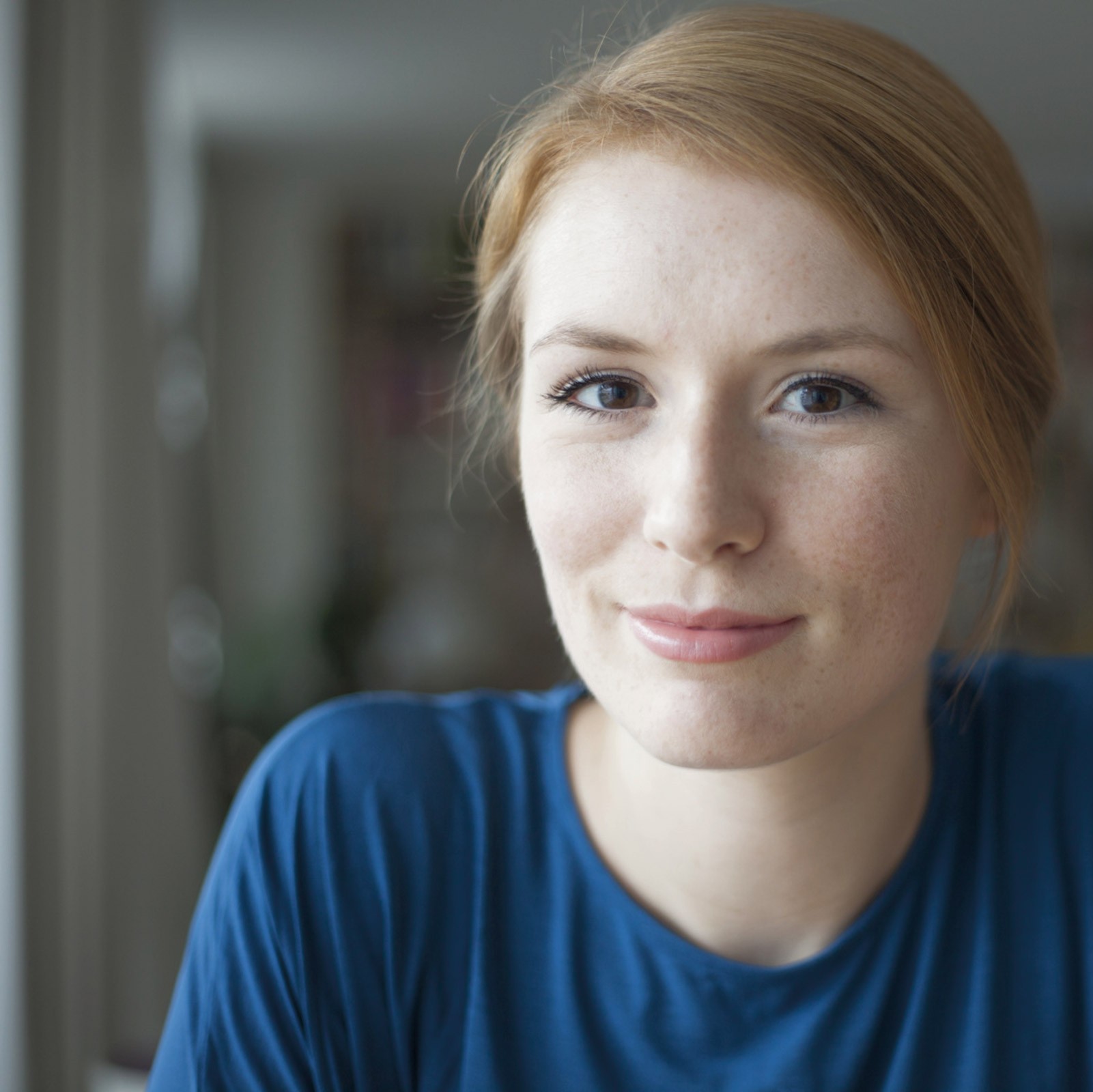
Cured, but not entirely healthy
Thanks to medical progress, four out of five children and adolescents nowadays survive cancer. But around 80 per cent of long-term survivors are at risk of suffering the late effects of the disease and therapy in adulthood – in other words, the disease accompanies them throughout their lives. Regular and personalised follow-up care is essential in order to detect late effects at an early stage and to treat them in a significantly better way.
- About the campaign
The prevention and awareness campaign was launched on 1 June 2019. Its focus was on the many challenges childhood cancer survivors face due to late effects. Medical aspects were addressed as well as the need for systematised and personalised follow-up care in Switzerland. In moving interviews, people affected talked about their experiences and challenges in everyday life.
In total, the campaign reached over 1 million people, raising awareness of the late effects of childhood cancer, the challenges faced by those affected and the importance of follow-up care.
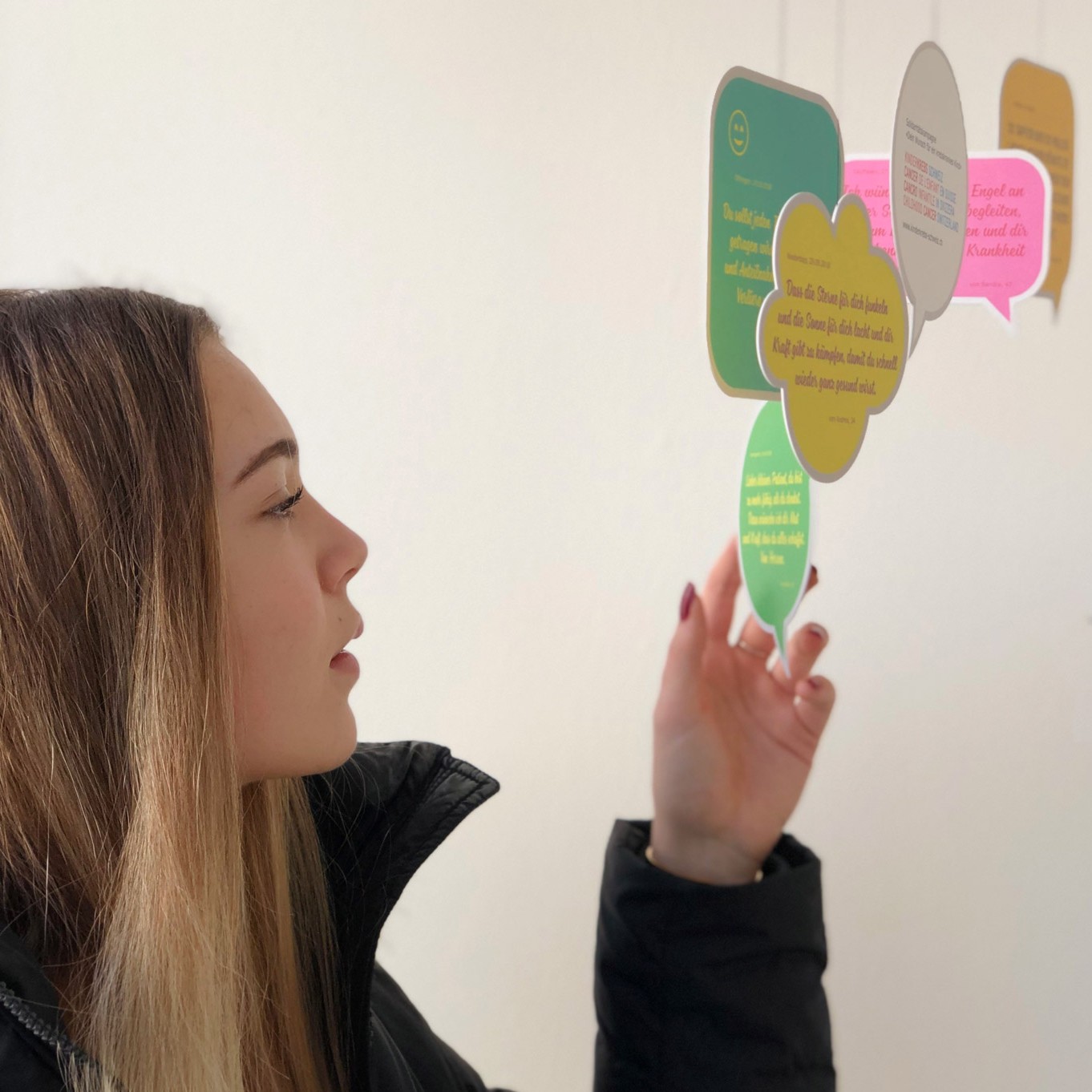
Solidarity campaign 4outof5 –
your wish for a child with cancer
Thanks to medical advances in the treatment of childhood and adolescent cancer, four out of five children in Switzerland can be cured today. Nevertheless, childhood cancer is the second biggest cause of death in children – after accidents. A diagnosis of cancer is a shock for the whole family, and the resulting fight against the disease is not just demanding in physical terms, but also often poses a considerable psychological and financial burden.
- About the campaign
To raise public awareness of the issue of childhood cancer and to trigger a wave of solidarity with those affected throughout the country, Childhood Cancer Switzerland launched a campaign incorporating an initiative to send a message of encouragement in September 2018. People were invited to show sympathy and solidarity with children with cancer by leaving a personal message for an affected child or a child’s family on the Childhood Cancer Switzerland website.
The response was overwhelming, with hundreds of messages coming in from all over Switzerland to give those affected courage and hope. On the occasion of International Childhood Cancer Day, Childhood Cancer Switzerland presented the specialised children’s hospitals and member organisations with a selection of the most heart-warming messages in the form of colourful mobiles, posters and cloud-shaped pinboards made of wood for the common rooms and parents’ homes near the hospitals. Whether children, young people, parents or siblings – we wanted them all to know that they are not alone in their struggle.
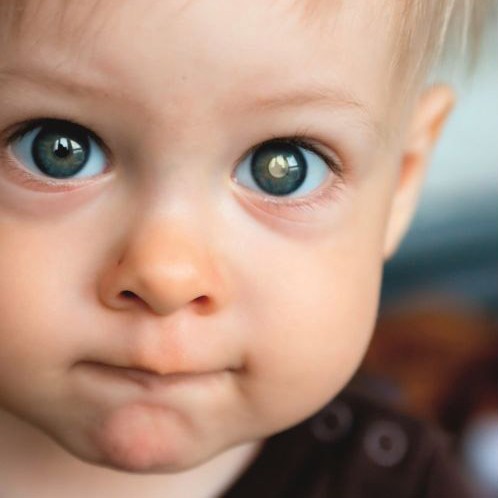
Seeing white – eye cancer in children
Early diagnosis can save lives. This also applies to eye cancer in children. Retinoblastomas arise in the retina and the symptoms can easily be recognised by parents. With early diagnosis and correct treatment, 95 per cent of children can be cured.
- About the campaign
The prevention and awareness campaign was launched on 1 June 2018. It provided detailed information on simple ways to detect the disease early and on treatment options. Motivating videos with survivors who themselves had eye cancer as a child or young person rounded off the campaign. The campaign was organised in cooperation with the German Children’s Eye Cancer Foundation Germany (KAKS).
